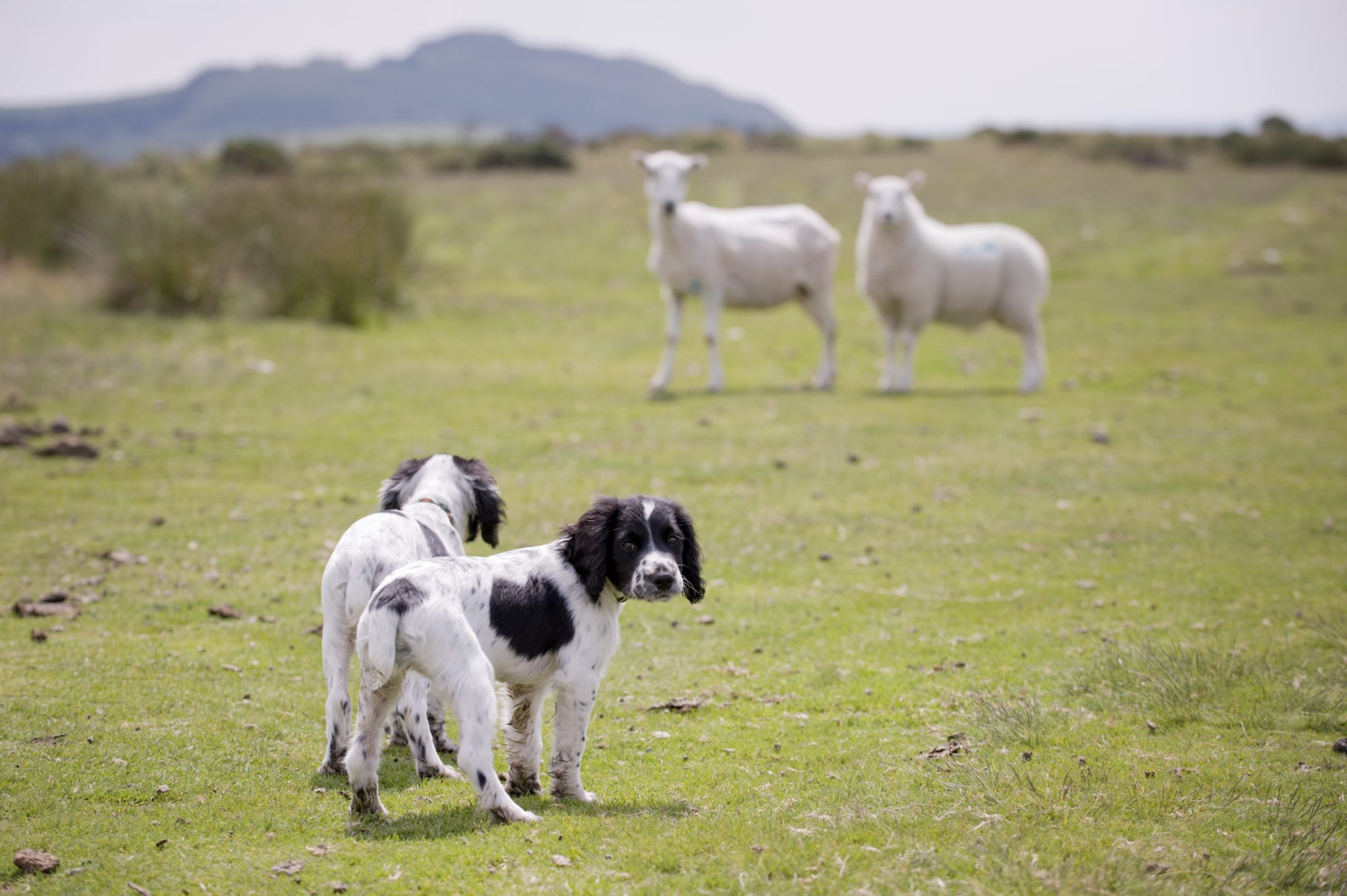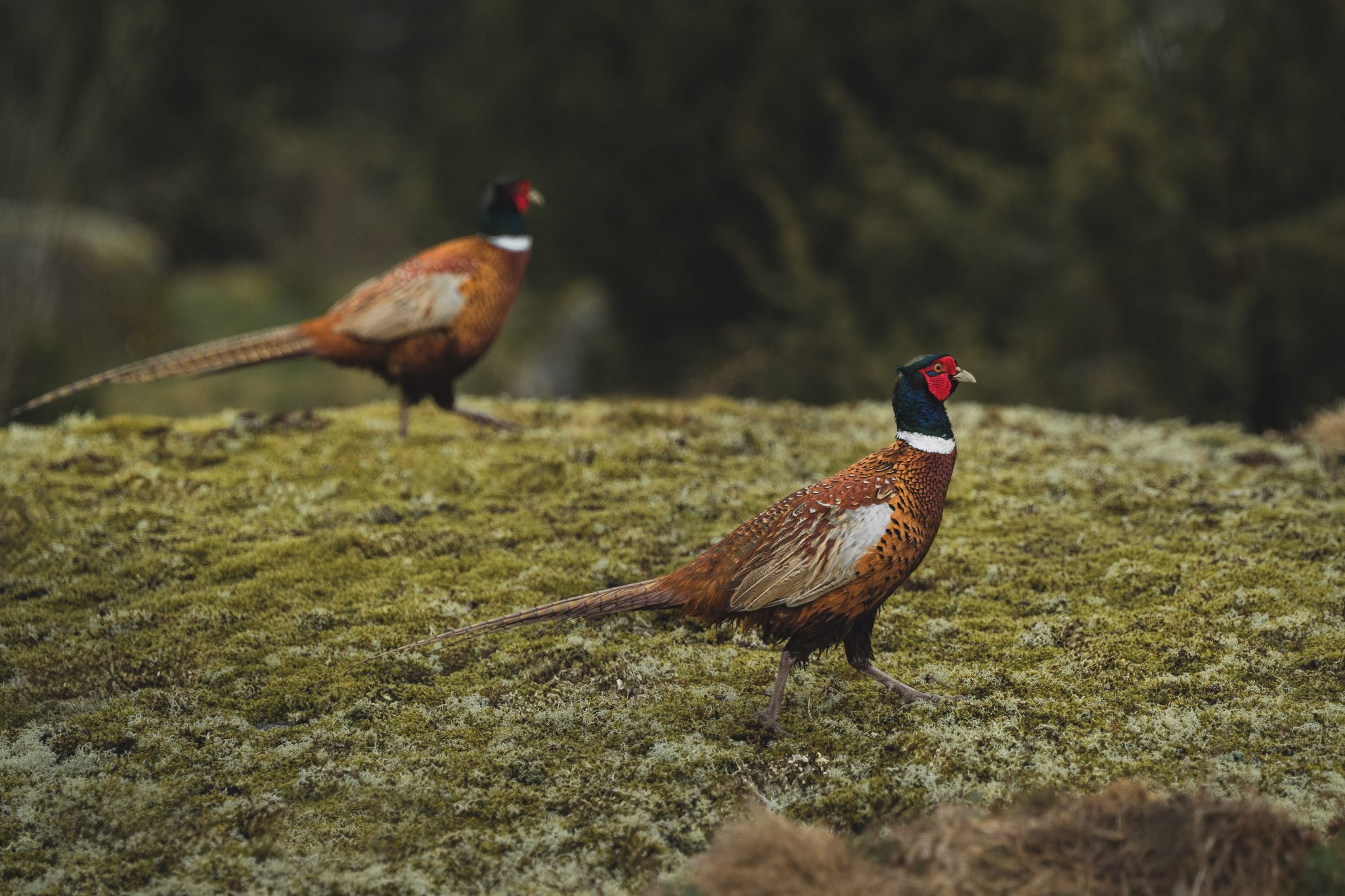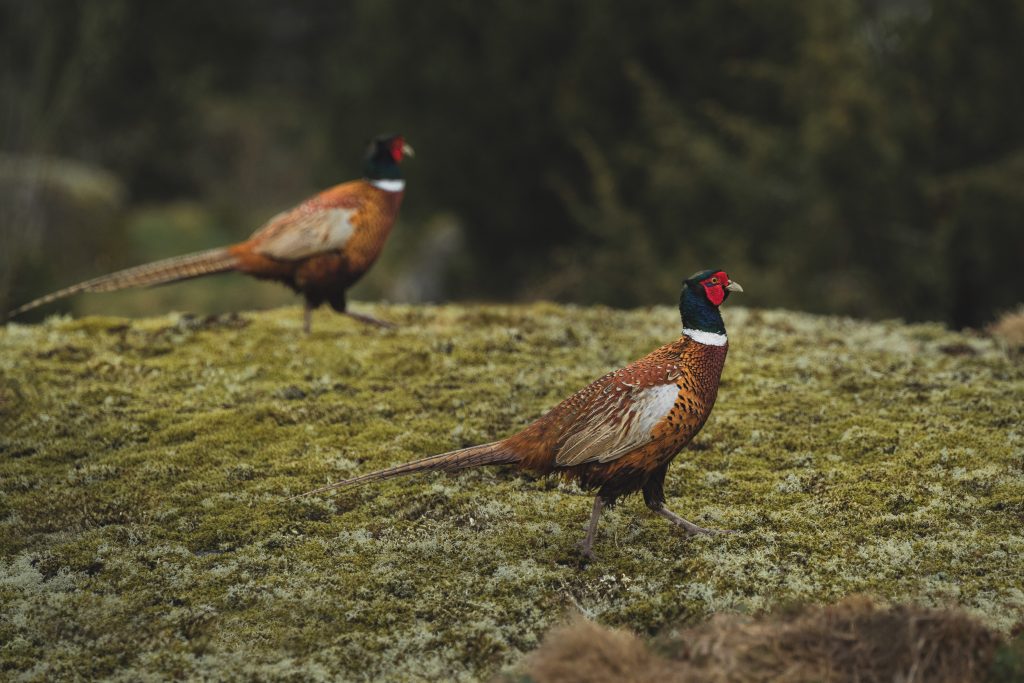Win CENS ProFlex DX5 earplugs worth £1,149 – enter here
Customise your rimfire rifle
The majority of shooters are well served for their sporting needs by the many rimfires on offer from various manufacturers. Sometimes, however, good is not good enough, and one hankers after a rifle with just that bit more accuracy and quality.

The majority of shooters are well served for their sporting needs by the many rimfires on offer from various manufacturers. Sometimes, however, good is not good enough, and one hankers after a rifle with just that bit more accuracy and quality. In these cases, there is nothing quite like revamping an existing rifle or having a new one custom built. When the goal is a highly personalised sporting arm, the possibilities are endless.
I have had a high regard for most rifles emanating from Finland. Tikka has served me well over the years, as has Sako, with both centrefire and rimfire models. The new Sako Quad certainly offers good versatility, but many shooters were sad about the demise of the Finnfire rifle that preceded it. I have owned several Finnfires over the years and it was this model that I chose as a second rifle to revamp for this project. F. A. Anderson of East Grinstead, Sussex, supplied a near-mint sporter model as the basis for the enterprise. All I had to do was think of ways to embellish it.
Switching calibres
I wanted this Sako to handle not only .22LR fodder but also .17 Mach 2 rimfire ammunition, care of an old Venom Mach 2 barrel supplied by Swift Precision Rifles. Undoing two securing screws at the front of the receiver is all that is necessary to remove the barrels, with the advantage that the head space can be monitored and adjusted to gain perfect ignition from the rim thickness of your chosen cartridges.
This would give me a stealthy .22 subsonic barrel for day-to-day rabbit tasks with minimal noise, and the .17 Mach 2 barrel would allow use of a flatter trajectory round for our feathered friends. To keep things compact, I elected to have both the barrels shortened, with the .22LR using the existing Sako barrel and the Mach 2 barrel using a Walther stainless steel unit.
Both barrels were threaded for a moderator. I wanted a slim, blued-steel unit to complement the sporter profile of both barrels. I chose the beautifully made V-Mach 7in series by Steve
Pope, which offers really good noise reduction on the .22LR, is strippable and superbly made. On the .17 Mach 2, all the muzzle blast was extinguished and only the supersonic crack was evident, which is still very good for its size.
Trigger improvements
With the barrels sorted, attention was turned to the action. In my view, little needed to be done to the action itself, but the trigger could do with a bit of attention. Sako triggers are good and you could have the sears and springs seen to by a competent gunsmith to gain a smoother creep-free pull with less weight. However, I elected to go the whole hog and have an aftermarket trigger unit fitted. Choice was limited; in fact, only one after-market trigger was currently available this was the Jackson Rifles CG Universal trigger unit. Luck would have it that a second-hand Jewell trigger for a Finnfire materialised however, so I had two to play with. Both triggers are superbly engineered, with the Jewell offering a single-stage let-off and the CG unit possessing a genuine two-stage pull.
Fitment was easily accomplished to the Sako by a single screw attachment and, in the case of the CG unit, a very comprehensive set of instructions was supplied. I like single-stage units and the Jewell trigger was a delight, but after sampling both triggers, the CG Universal really grew on me, as the two-stage was just that: positive first take-up with a defined stop, followed by a zero-creep two-stage. If you do not take the shot, a pressure release on the first stage brings the trigger back to initial settings. Plus, the CG can be supplied with after-market trigger-blades, which I like, so I elected for this trigger with a straight reversed trigger-blade.
Claro walnut stock
With the metalwork largely sorted, the largest part of the build the stock was addressed. A good gunsmith can inlet any stock design or material to your action and synthetic materials would seem practical on a rimfire that would see a lot of use. But I was having a renaissance period and fancied a new piece of walnut, never mind the probability of scratching it.
I have used Wenig Stocks in the US before, so I gave them a quick call. They already had stocks inletted for the Sako Finnfire as an 85 per cent DIY stock in factory style, sporter, varminter or sporter thumbhole, with wide choice of walnut qualities and derivatives as well as multi-coloured laminates.
I chose a thumbhole sporter stock of extrafancy Claro walnut which, when it reached these shores, cost no more than £250 for the quality of figuring and grain colour, this was a bargain. Being 85 per cent inletted, the action will not just drop into the stock, thus allowing you or a gunsmith to bed the action yourself. If you take your time, it is really no hard shakes and a very satisfying experience if I can do it, anyone can. The stock came without a recoil pad, so Norman Clark gunsmith sent me a selection, and though a classic red rubber English-style pad would look nice, I preferred the adjustable unit.
As for the finish, I wanted it to bring out the figure of the wood, yet be sufficiently resilient to shirk off a few knocks and the British weather. I chose CCL, a DIY oil-finishing kit from Bush Wear, though there are many other good makes. The instructions take you through the preparation the lengthy process of rubbing-in and cutting back the oil repeating this until the desired finish is obtained. It is very rewarding to see the fine walnut stock come to life, and doing it yourself gives you thats pecial ownership of your rifle.
High magnification scope
With the rifle complete, all that was necessary was to retire to the range and feed the Sako a variety of .22 and .17 Mach 2 ammunition to ascertain which it preferred.
This posed a few problems as to which scope to fit to the Finnfire. Would I go for a largeobjective, high-magnification variable scope to eke every last drop of range from the rifle but spoil the handling, or go for a lighter-weight scope, keeping to the proportions of the Sako?
I tried many combinations, finally settling on a gem of a scope from Leupold that looked correct and offered ample magnification range and good optics. The 3-9x33mm EFR (Extended Focal Range) scope has the classic 3-9 power zoom range that was fine for the ranges this rifle was to be shot; the front objective lens has a parallax adjustment to allow you to focus, even at the highest magnification right down to very close range without parallax error; and the uncluttered duplex reticule gives a precise aiming point.
The only thing missing was the ability to adjust quickly for differing ranges, either with external target type turrets or by using a bullet drop-type reticule. No matter, as Stoney Point make external turrets that are a retro fit for Leupold, some Tascos or Burris scopes. This would allow me to mark the individual bullet drops for my ammunition preference.
Ammunition selection
I set up a chronograph at 10ft from the rifles muzzle and proceeded to shoot 10 differing brands of .22LR ammunition across it to ascertain velocities and also accuracy at 50 yards (see table, below).
Regardless of ammunition, that Sako shot very well indeed. My choice would be either the Eley or CCI subsonic for accuracy as, in reality, all the tested ammunition had a similar velocity. The .17 Mach 2 barrel, when fitted, gives a flatter trajectory to 100 yards due to the higher velocity from the 17-grain V-Max bullet rather than the normal 40-grain lead projectile used in most of the tested ammunition. Again, any of the Mach 2 ammunition would be a great vermin round, but Eley stood out because it was not only the fastest but also the most accurate.
A refined and versatile rimfire
The .22LR barrel will suffice for nearly all your vermin chores, with the advantage of being subsonic a moderator can be fitted and minimal noise disturbance obtained. If, however, you just want to aim dead-on with little trajectory compensation and suffer the supersonic crack from the Mach 2 round even with a moderator fitted, then this would be a good choice. The 17-grain bullet is very fragile and does not ricochet, unlike the all-lead .22LR bullet. I shot many rabbits with the Sako on its first outing and all the refinements detailed here made for a great handling, accurate and versatile little rimfire, with that personalised touch to instil a little pride of ownership.
This is just my choice of a special rimfire sporter, but there are many permutations from which to choose and many differing makes and options. Specialist stocks, triggers and barrels will all personalise and, more importantly, improve the performance of an existing rifle and hopefully make you a better shot. But if doing it yourself is a little daunting, there are many good gunsmiths out there who will make that dream rifle a reality.
Related Articles
Get the latest news delivered direct to your door
Subscribe to Shooting Times & Country
Discover the ultimate companion for field sports enthusiasts with Shooting Times & Country Magazine, the UK’s leading weekly publication that has been at the forefront of shooting culture since 1882. Subscribers gain access to expert tips, comprehensive gear reviews, seasonal advice and a vibrant community of like-minded shooters.
Save on shop price when you subscribe with weekly issues featuring in-depth articles on gundog training, exclusive member offers and access to the digital back issue library. A Shooting Times & Country subscription is more than a magazine, don’t just read about the countryside; immerse yourself in its most authoritative and engaging publication.







